The concept of space is an essential element in filmmaking, as it provides a framework for how the story is told visually. Film theorists and practitioners have long studied the various ways in which space can be used to convey meaning and create atmosphere. Bruce Block, in his book “The Visual Story,” outlines four types of space that are commonly used in cinema: deep space, flat space, limited space, and ambiguous space. Each of these types of space has unique characteristics and can be used to create different effects on the viewer.
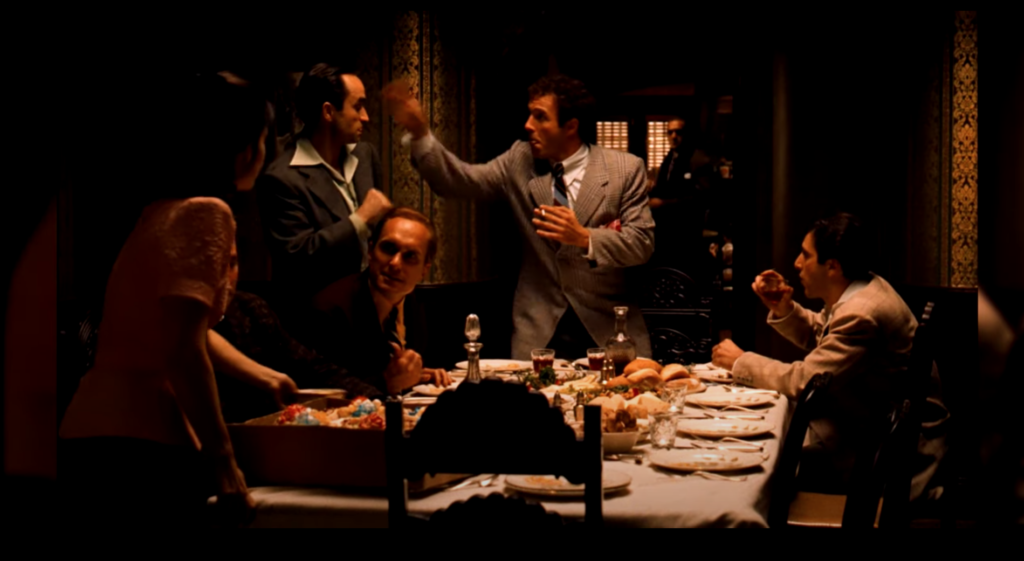
Deep space refers to the use of distance to create a sense of depth in the image. This technique involves placing elements of the scene in the foreground, middle ground, and background to create a sense of three-dimensional space. Deep space is often used in epic films, such as “Lawrence of Arabia,” to emphasize the vastness of the landscape or the scale of the action. It can also be used to create a sense of chaos and danger, as in the opening shot of “Touch of Evil.” The use of deep space allows the viewer to take in multiple layers of action and creates a sense of immersion in the world of the film.
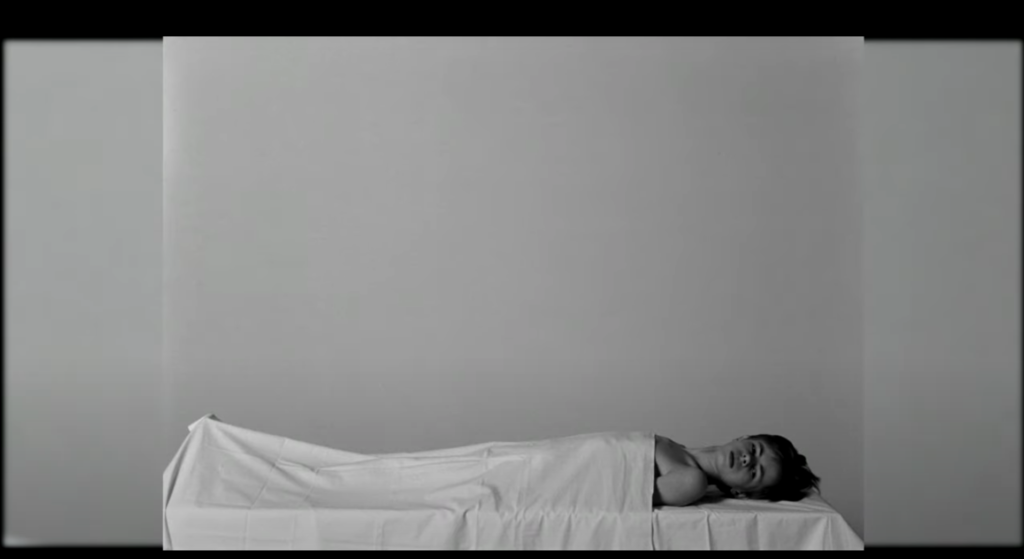
Flat space, on the other hand, is the opposite of deep space. It involves flattening the image and creating a two-dimensional plane that emphasizes the surface qualities of the image, such as color and texture. This technique is often used in animation, such as “The Simpsons,” to create a cartoonish, stylized look. Flat space can also be used to create a sense of detachment from the characters and the action, as in the films of director Alan J. Pakula and cinematographer Gordon Willis, such as “Klute,” “Manhattan,” and “Witness.” The use of flat space creates a sense of visual beauty and stylization that is typical of these films.
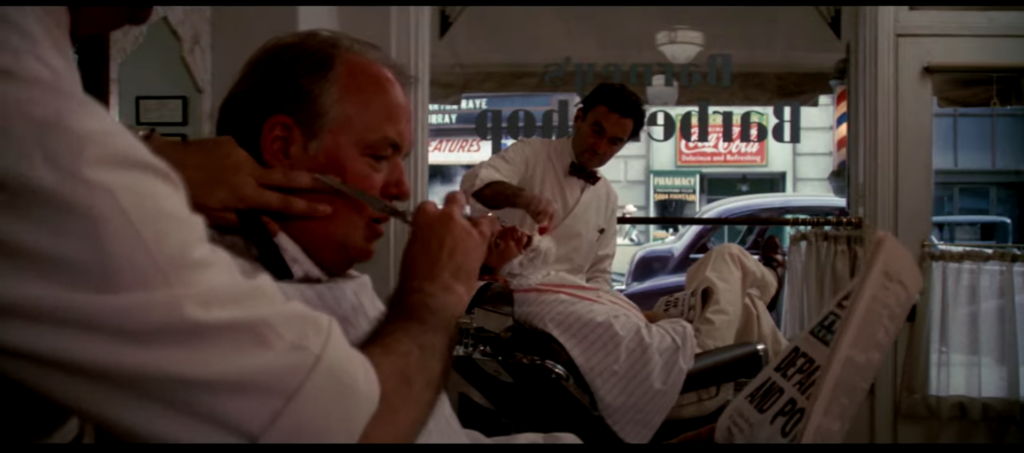
Limited space involves using a confined or restricted space to create a sense of intimacy or claustrophobia. This technique is often used in psychological dramas or horror films, such as “Psycho,” to create a sense of isolation and danger. In “Fanny and Alexander,” director Ingmar Bergman uses limited space to explore the complex dynamics of the family and their relationships with one another. The use of limited space creates a sense of intimacy and domesticity that is central to the themes of the film.
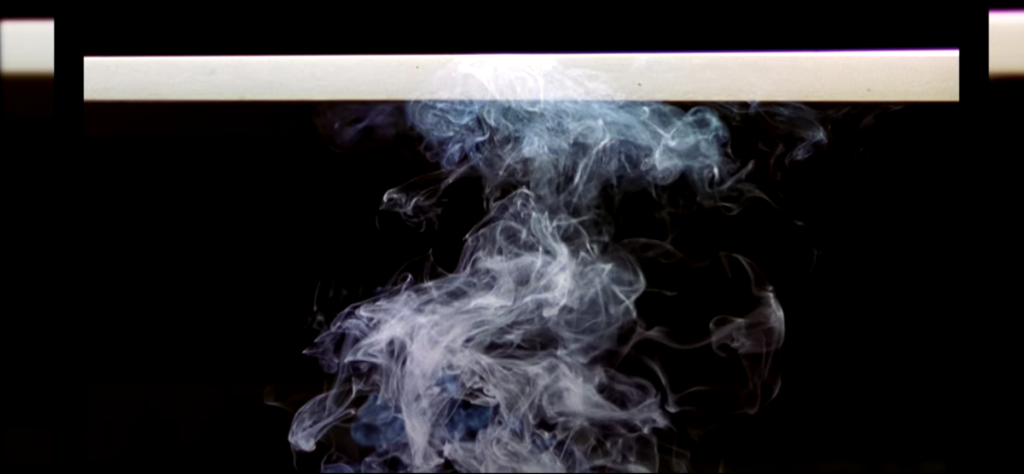
Finally, ambiguous space refers to the use of spatial ambiguity to create a sense of uncertainty or disorientation. This technique is often used in psychological thrillers or horror films, such as “Don’t Look Now,” to create a sense of unease and disorientation in the viewer. The use of ambiguous space can be achieved through the use of complex or labyrinthine locations, such as Venice in “Don’t Look Now,” or through the use of fragmented or distorted imagery. This technique creates a sense of visual disruption and distortion that reflects the emotional state of the characters.
- Deep Space in “Touch of Evil”: The opening shot of “Touch of Evil” features a complex, deep space composition that establishes the location, characters, and mood of the film in a single take. The shot moves seamlessly through several different spaces, including the city streets, a hotel, and a car. The use of deep space allows the viewer to take in multiple layers of action and creates a sense of chaos and danger.
- Flat Space and Surface Division in “Klute,” “Manhattan,” and “Witness”: In “Klute,” “Manhattan,” and “Witness,” the filmmakers use a flat, static camera to create a sense of distance and detachment from the characters and the action. The films are composed of carefully framed shots that emphasize the surface qualities of the image, such as color and texture. This technique creates a sense of visual beauty and stylization that is typical of the films of director Alan J. Pakula and cinematographer Gordon Willis.
- Limited Space in “Fanny and Alexander”: In “Fanny and Alexander,” director Ingmar Bergman uses a limited space to create a sense of intimacy and domesticity. The film takes place primarily in the home of the Ekdahl family, and the camera is often positioned close to the characters, creating a sense of claustrophobia and intensity. The limited space also allows Bergman to explore the complex dynamics of the family and their relationships with one another.
- Ambiguous Space and Surface Divisions in “Don’t Look Now”: “Don’t Look Now” uses ambiguous space and surface divisions to create a sense of unease and disorientation. The film takes place in Venice, a city with a complex and labyrinthine layout that is often difficult to navigate. Director Nicolas Roeg uses this to his advantage, creating a sense of spatial ambiguity and uncertainty that reflects the emotional state of the characters. The film also uses surface divisions to create a sense of visual disruption and distortion, such as the use of fragmented imagery in the famous sex scene.
I hope this comparison helps to further illustrate the ways in which the four types of space can be used in different films and genres.
Here’s a comparison of the four types of space as described by Bruce Block in his book “The Visual Story” with examples from movies:
Deep Space
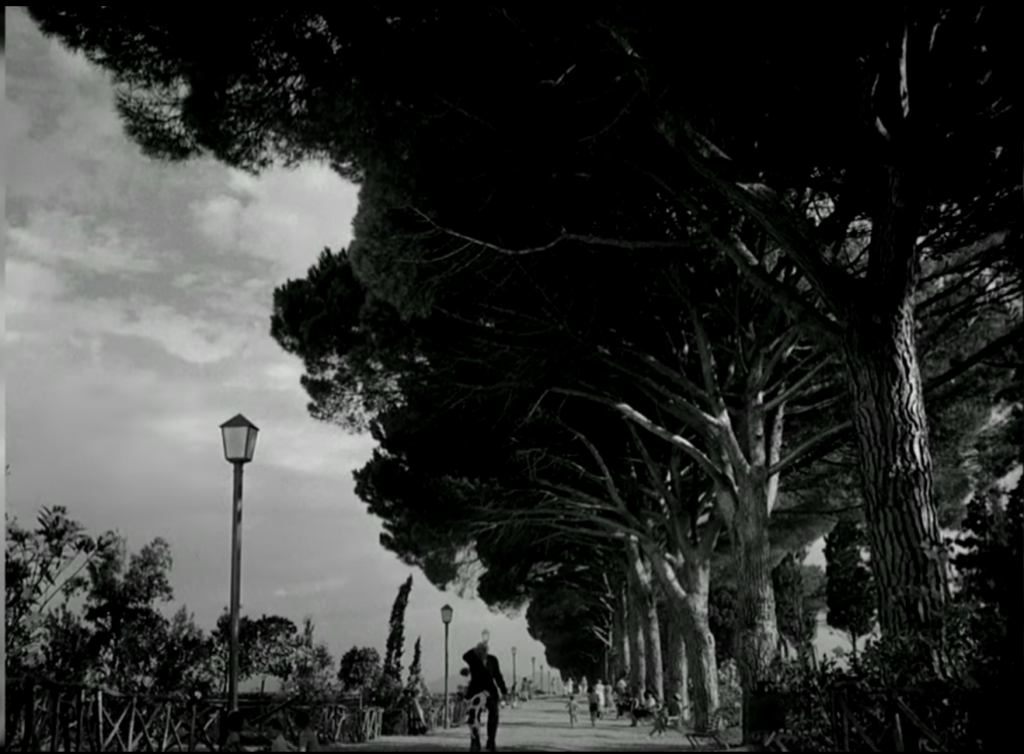
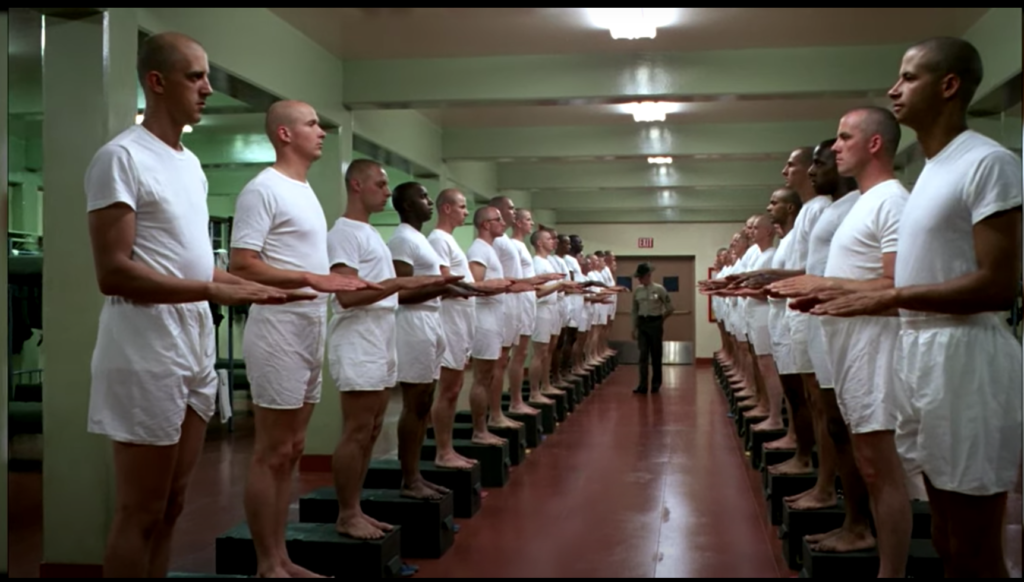
- Deep Space: This refers to a type of space in which objects and characters are arranged in layers, creating an illusion of depth in the scene. one-point perspective, shape change, size difference, textural diffusion, color separation, tonal separation, and up/down position.Examples include:
- The famous opening shot in Orson Welles’ Citizen Kane (1941), which uses deep focus to show a child playing in the background while the foreground shows a conversation between Kane’s parents.
- The “Odessa Steps” sequence in Battleship Potemkin (1925), which uses deep focus to show multiple layers of action and create a sense of chaos.
- The opening shot of Touch of Evil (1958), which uses deep focus and a long take to set up the location and characters in a single shot.
- The opening shot of Lawrence of Arabia (1962), which shows a distant figure approaching in the desert, highlighting the vastness of the landscape.
- In “Gone with the Wind,” director Victor Fleming uses deep space to emphasize the scale and devastation of the Civil War. The opening shot shows a seemingly endless line of wounded soldiers stretching into the distance, creating a sense of vastness and tragedy.
Flat Space
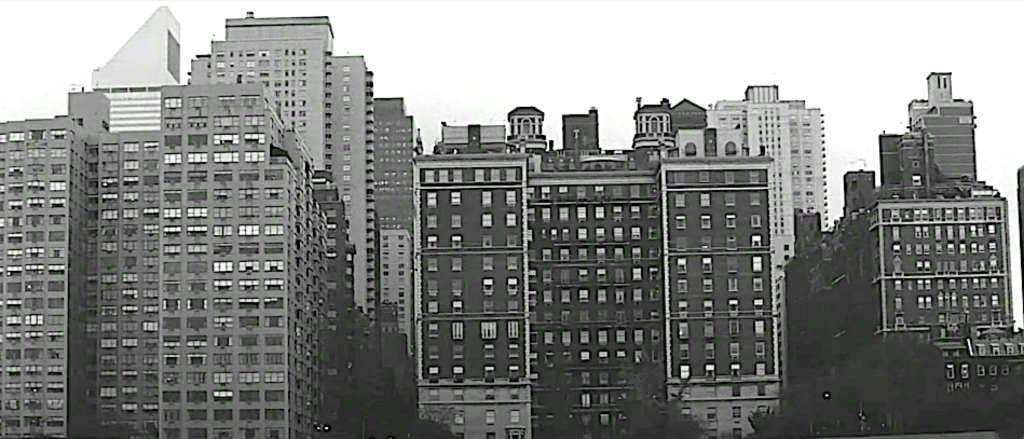

- Flat Space: This refers to a type of space in which objects and characters are arranged along a single plane, creating a two-dimensional effect. The walls are frontal, and there are no longitudinal planes or converging lines. The actors are staged on the same horizontal plane; they’re the same size, they have the same amount of textural detail, and any movement will be parallel to the picture plane. The camera will zoom or dolly parallel to the frontal wall plane. Examples include:
- The dance numbers in musicals like Singin’ in the Rain (1952), which often feature performers moving in a flat space.
- The opening scene of La La Land (2016), which features a colorful, choreographed musical number in a flat space.
- The animation style of South Park: Bigger, Longer & Uncut (1999), which uses a flat, simplistic style.
- The fight scenes in The Raid: Redemption (2011), which take place in narrow corridors and use a flat space to highlight the action.
- The surrealistic sets in The Cabinet of Dr. Caligari (1920), which create a flat, two-dimensional space that mirrors the distorted reality of the film.
- The minimalist sets in Dogville (2003), which use a flat, black-and-white aesthetic to create a sense of theatricality.
- In “The Grand Budapest Hotel,” director Wes Anderson uses flat space to create a stylized, whimsical world that is almost cartoon-like in its flatness. The use of bright colors and carefully composed symmetrical shots creates a sense of visual beauty and artificiality.
- In “The Killing of a Sacred Deer,” director Yorgos Lanthimos uses flat space to create a sense of detachment and unease. The use of static camera shots and long takes creates a sense of distance from the characters and their actions.

Limited Space:
This refers to a type of space in which the characters are confined to a small area, creating a feeling of claustrophobia or tension. The picture is ambiguous because it’s impossible to tell the actual size and spatial relationships in the shot. there are no longitudinal planes, only frontal surfaces. Eliminating longitudinal sur- faces is critical to creating limited space.Examples include:
- The elevator scene in The Departed (2006), which features several characters crammed into a small space, heightening the tension of the scene.
- The spaceship in Alien (1979), which is small and confined, creating a feeling of isolation and danger.
- The entirety of 127 Hours (2010), which takes place in a small canyon where the protagonist is trapped.
- The opening scene of Inglourious Basterds (2009), which takes place in a small farmhouse where Nazis are hiding Jews.
- The climax of Die Hard (1988), which takes place in a single skyscraper and creates a feeling of claustrophobia.
- The elevator scene in Drive (2011), which features a tense confrontation between the protagonist and a hitman in a small, enclosed space.
- The submarine in Das Boot (1981), which creates a feeling of claustrophobia and tension as the crew navigates through narrow corridors and tight spaces.
- The motel in Psycho (1960), which creates a sense of isolation and danger as the protagonist is trapped in a small, enclosed space.
- In “Room,” director Lenny Abrahamson uses limited space to create a sense of confinement and claustrophobia. The film is set almost entirely within a small shed where a woman and her son are being held captive, creating a sense of tension and desperation.
- In “Buried,” director Rodrigo Cortes uses limited space to create a sense of helplessness and terror. The film takes place entirely within a buried coffin, creating a sense of confinement and isolation that is central to the film’s themes.
- Ambiguous Space: This refers to a type of space in which the spatial relationships between objects and characters are unclear, creating a sense of disorientation or confusion. Examples include:
- The dream sequences in Ingmar Bergman’s Wild Strawberries (1957), which often feature surreal, ambiguous spaces.
- In “Mulholland Drive,” director David Lynch uses ambiguous space to create a sense of dreamlike disorientation. The film’s nonlinear narrative and surreal imagery create a sense of visual confusion and disorientation that reflects the main character’s psychological state.
- In “The Shining,” director Stanley Kubrick uses ambiguous space to create a sense of supernatural horror. The hotel scenes in The Shining (1980), which are spatially ambiguous and contribute to the feeling of unease. The hotel’s maze-like layout and the use of distorted, unsettling imagery create a sense of disorientation and terror that is central to the film’s themes.
- The fight scenes in The Matrix Reloaded (2003), which take place in a virtual world and feature constantly shifting and disorienting spatial relationships.
- The labyrinthine sets of L’atalante (1934), which create a sense of disorientation and confusion as the characters navigate through a complex and ever-changing environment.
- The shifting spaces in Inception (2010), which create a sense of unreality and uncertainty as the characters move through different levels of dreams.
In conclusion, the use of space in cinema is a powerful tool that can be used to convey meaning and create atmosphere. The four types of space – deep space, flat space, limited space, and ambiguous space – each have unique characteristics and can be used to create different effects on the viewer. Whether it’s creating a sense of immersion in a vast and epic landscape, a detachment from the characters and the action, or a sense of claustrophobia or disorientation, the use of space in cinema is an essential element in storytelling.
